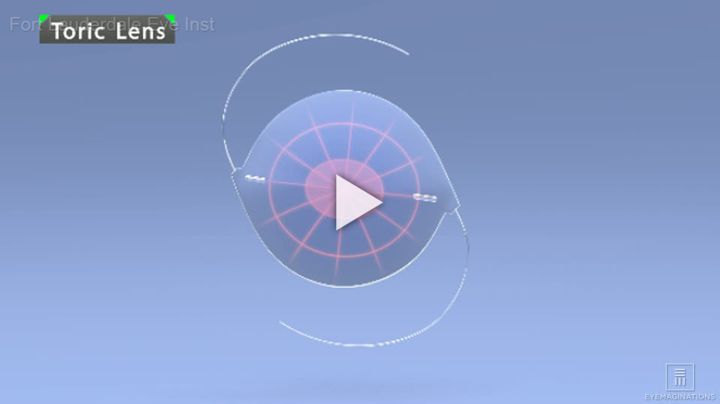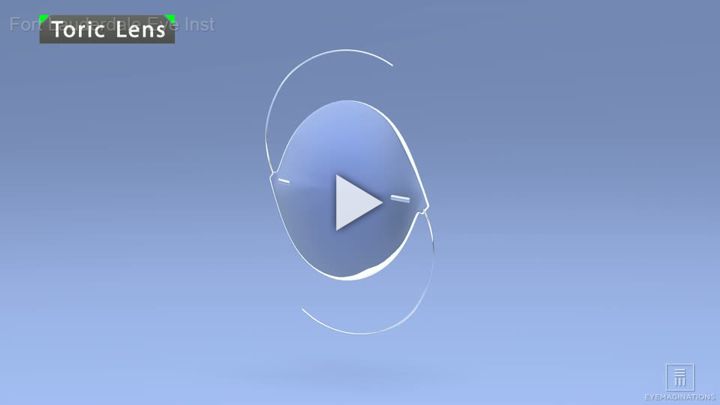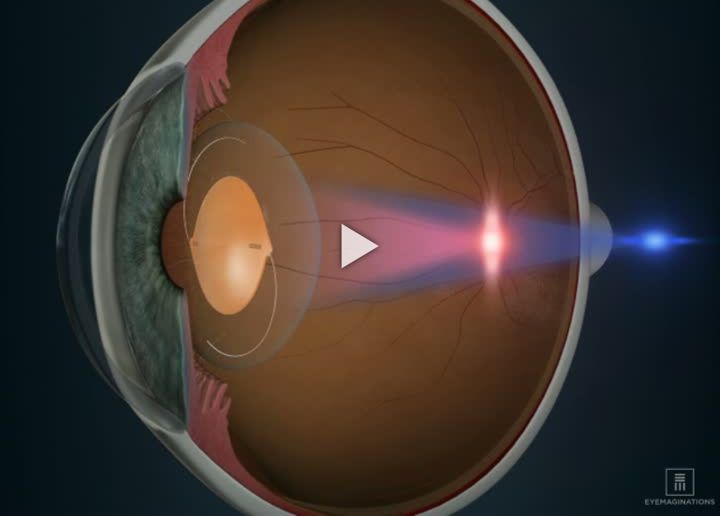Project Description
New multifocal IOLs are now available which can reduce the need for reading glasses after cataract, or lens replacement surgery. These lenses are designed to address the problem of presbyopia, in which people over the age of 40 begin to lose the ability to read or see up close. In the past, when an artificial lens called an intraocular lens implant, or ‘IOL,’ was placed inside the eye during cataract or lens replacement surgery, it could only focus at a single distance. These IOLs are called “single focus IOLs”, and allow an eye to see either far away, or close-up, but not both.
Now, intraocular lenses called ‘Multifocal IOLs’ are available. These lenses provide correction for both near and distance vision; so that both near and far objects, can be in focus at the same time. Many people get used to multifocal IOLs right away. Other people feel a little imbalanced at first, but get used to it within a matter of days or weeks. A small percentage of patients with multifocal implants may experience halos, or ghost images around lights at night. Most often, these improve over time as your brain adapts, but in rare cases they can be permanent.
The multifocal implant isn’t right for everyone. The advantage of choosing a multifocal implant, is that you may be able to avoid the need for glasses for both distance and near vision, after surgery.










